Volkswagen Debuts Impressive Thermal Imaging Technology
Driving assistance technologies are becoming more prevalent in mainstream automobiles.
In fact, it’s downright impressive what you can get if you’re willing to pay for it. With entry level models now coming equipped with quite a bit of advanced hardware as standard, manufacturers have to do more to set the pricier units apart.
Thermal imaging is something we expect to see as an option on a high-end luxury vehicle, but Volkswagen plans to have them at the ready for the 2019 model-year Touareg. While it’s not exactly a budget model, that’s still a major leap forward for a mainstream automaker. The downside is that North America will have to remain patient as VW starts baking the technology into more vehicles, because the brand already decided to eliminate the Touareg from its 2018 U.S. lineup.
Infrared (IR) cameras aren’t new. In addition to being mandatory equipment on self-driving test vehicles, they frequently crop up as a way to help semi-autonomous systems do their job. But VW is providing a live-feed in the dashboard to help drivers avoid warm-blooded obstacles skulking around in the evenings, long before they are silhouetted by a car’s headlamps.
Volkswagen’s system appears to work very similar to what we’ve seen with upscale Mercedes-Benz. A forward facing infrared camera takes in data and feeds it through the dashboard. Important obstacles that give off heat, like a jogger or deer, are then highlighted in eye-catching colors they driver is sure to notice.
According to VW, its system can also predict the trajectory of a living creature by assigning a set of digital boundaries along the roadway. Once the system decides an obstacle has entered the “defined corridor” the car issues an alert telling the driver to pay attention by highlighting it in red. However, even when something is not deemed a potential threat, the black-and-white display will still give it a yellow hue so drivers still know to exercise caution.
SEE ALSO: Volkswagen Set to Preview its 286-HP Golf GTI
Likewise, anytime the vehicle is traveling above 31 miles per hour the system will automatically send the infrared video feed to the Digital Cockpit whenever it detects an obstacle within the corridor. The car also issues an audible warning and prepares the brakes for an emergency stop.
It’s all very cool but we would still like to urge drivers to exercise caution and not rely on a system like this too much. While VW is promising an impressive range of up to 426 feet, IR imaging isn’t exceptionally clear. Objects radiating warmth may stand out but the same cannot be said for the rest of the road. Attempting to drive via video feed is also very disorienting and not something we would recommend. But the feature itself could still help alert drivers of approaching disaster — allowing them to take a quick peek to gain a valuable point of reference, slow down, and use their human eyes to scan the path ahead.
It would be nice to see Volkswagen implement this system on more vehicles. There are a lot of darkened country roads that intersect with suicidal populations of deer in the U.S. and this kind of technology could really come in handy. VW hasn’t specified an intention to put thermal imaging on more vehicles after the Touareg, but we doubt it would take a one-and-done approach. Our assumption is that you’ll see it offered as an option on more models in the years to come.
A version of this story originally appeared on The Truth About Cars
Discuss this story on our Volkswagen Forum
More by Matt Posky



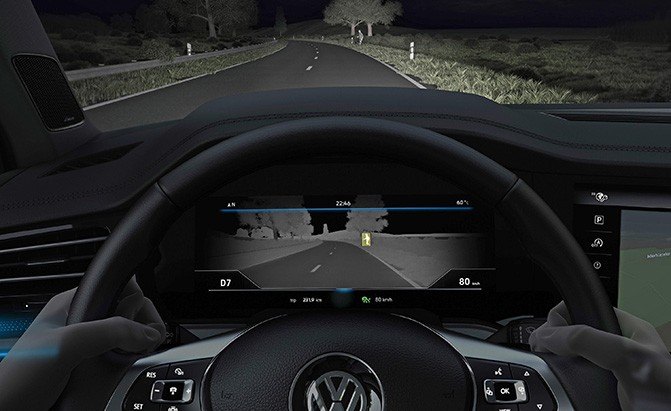














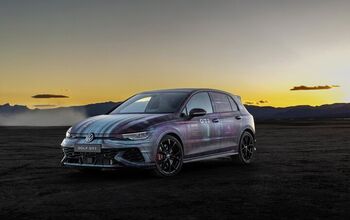

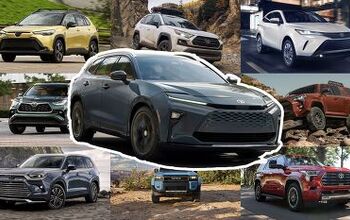




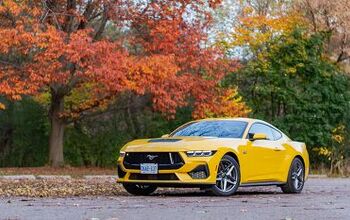

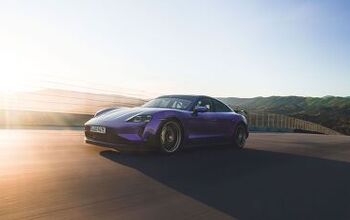
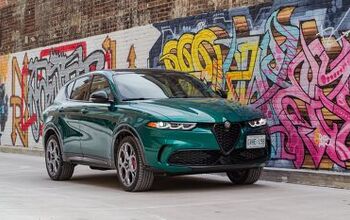
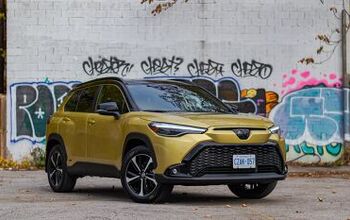


Comments
Join the conversation